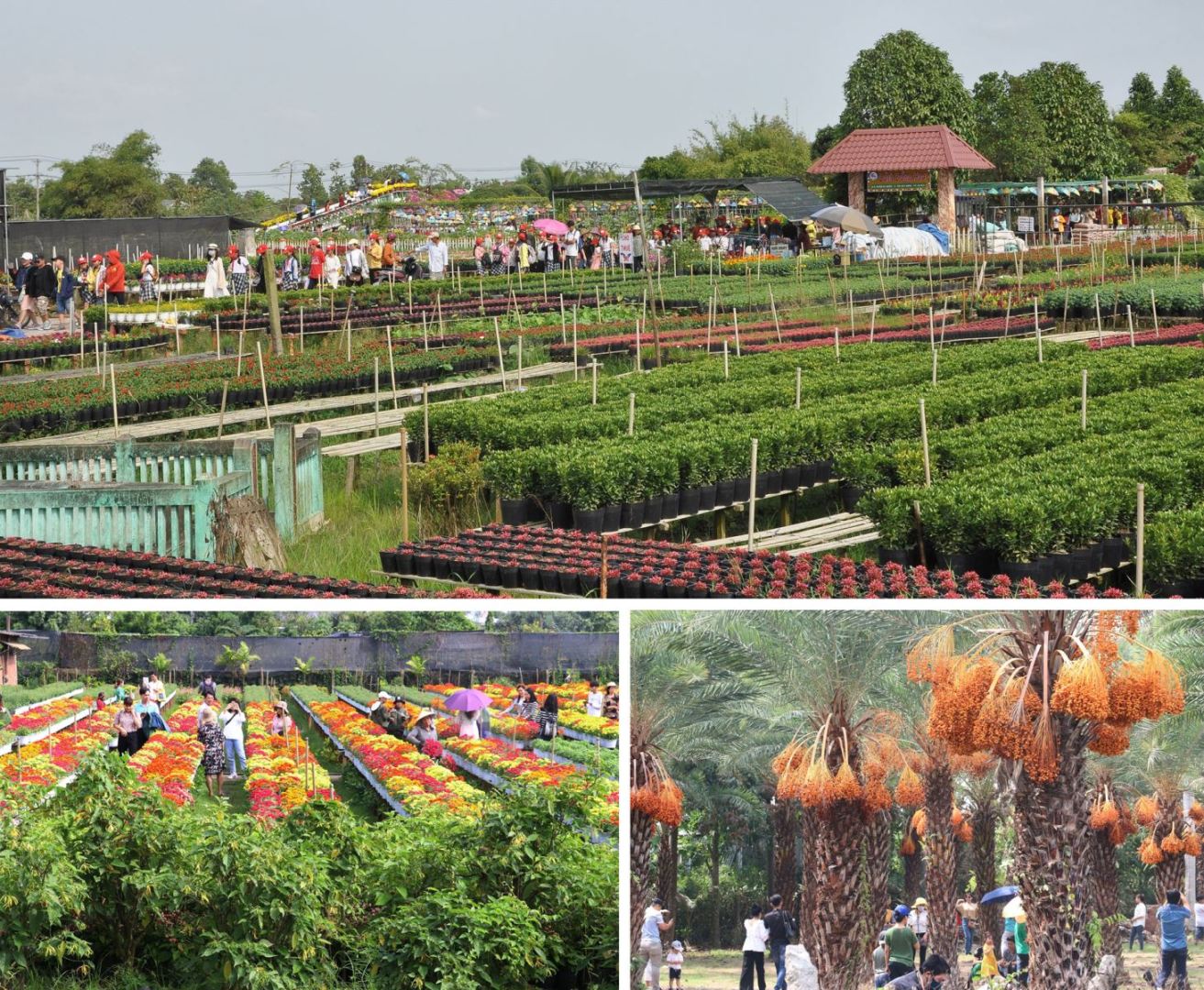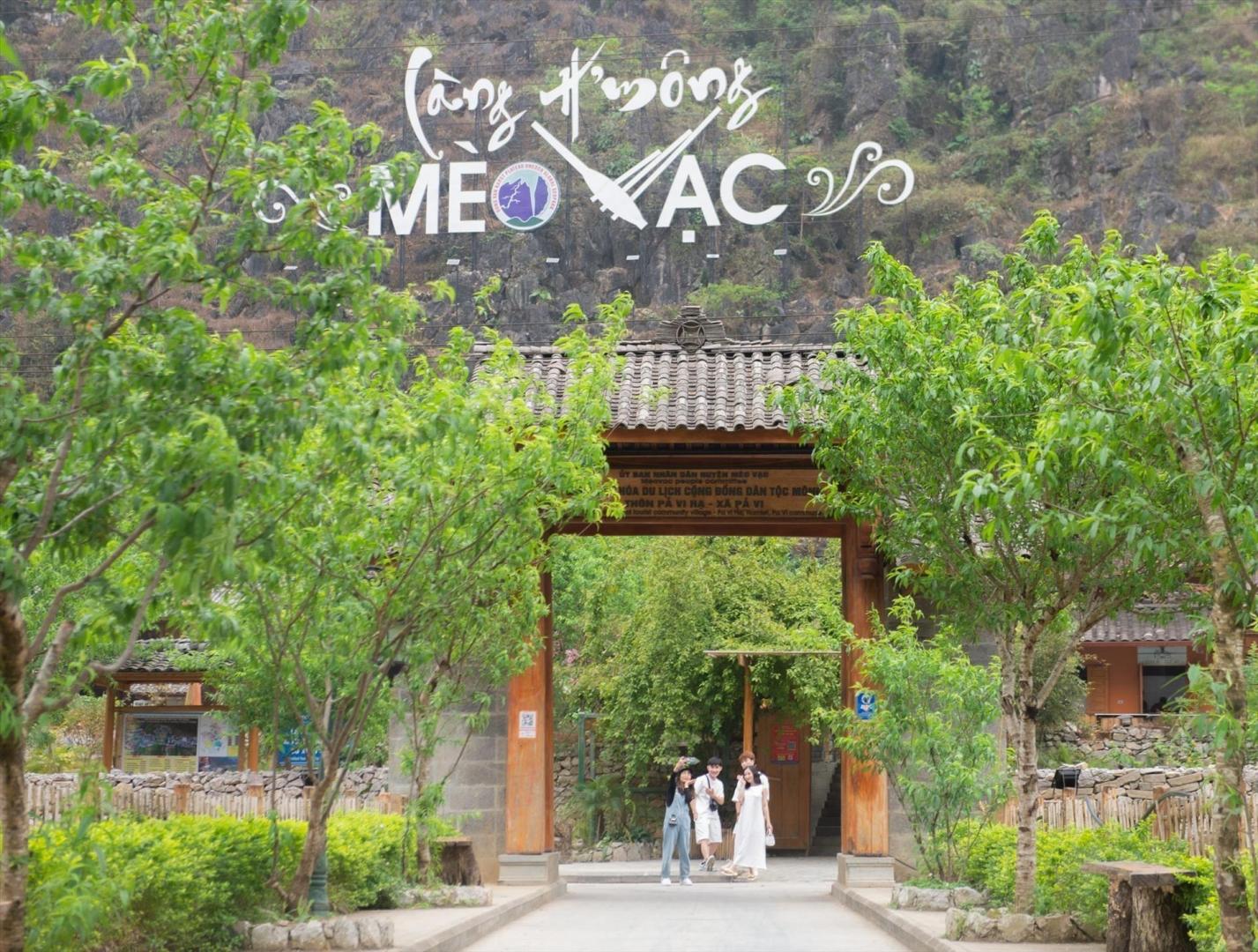
Community-based tourism brings economic benefits to local communities, contributing to the effective preservation and promotion of natural and cultural resources of each region, in line with the trend of sustainable development.
Programmes to support the development of community-based and sustainable tourism need to be promoted, especially engaging the communities in sustainable tourism development.
Pham Hai Quynh, Director of the Asian Tourism Development Institute (ATI) and Chairman of the Vietnam Community Tourism Association (VCTC), said that to develop community tourism, the roles of local leaders and participation of communities are crucial. It is necessary to choose the right community tourism products, taking advantage of cultural values, natural landscapes and the communities to attract tourists, and develop sustainable livelihoods.
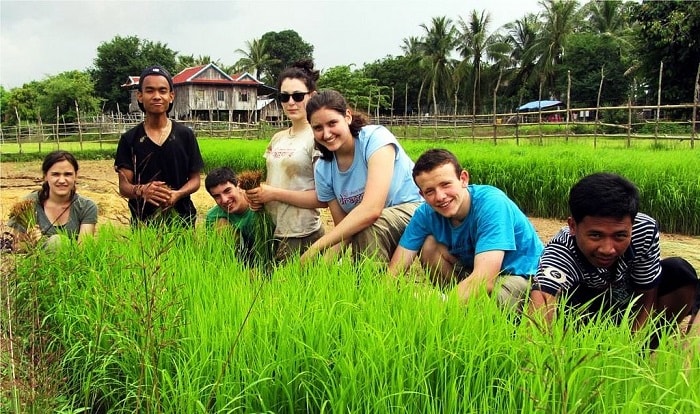
Lac village in Mai Chau district of the northern mountainous province of Hoa Binh is a famous community tourist destination that has become the main source of incomes for local people. It is a pioneer in developing community tourism in the northern mountainous region. In addition to its natural landscapes, Lac village is also well-known for unique traditional cultural identities of Thai ethnic minority people. Local people’s average incomes from tourism in 2019 reached 27 million VND (1,092 USD) per person a year. To date, many households can earn more than 300 million VND a year. From this model, Hoa Binh has developed several community tourism models that help increase incomes for local residents.
Local people in the mountainous district of A Luoi in the central province of Thua Thien – Hue have officially participated in community tourism development since 2018. The locals have created several tourism products, including the product “One day as a Paco ethnic person”, an interesting experience for visitors. This has motivated local people to continue to explore, learn and study to perfect tourism products. Travel companies have included A Luoi in their tour packages to serve visitors. This place has become a favorite destination of tourists.

Another ideal community-based tourism destination is Na Su village in Cha Nua commune in Nam Po district of Dien Bien province. This place is blessed with nature, and beautiful scenery. The village is located next to the stream and in the middle of the tourist discovery road from Dien Bien Phu city to A Pa Chai border junction in Sin Thau commune of Muong Nhi district. The village has officially welcomed visitors since the end of 2022, bringing value to the community, introducing the beauty of the village to visitors, and opening a new direction for local people, and promoting sustainable rural development.
By the end of 2023, Na Su community tourism village had attracted over 5,000 visitors, an impressive number for a remote village in Dien Bien province.
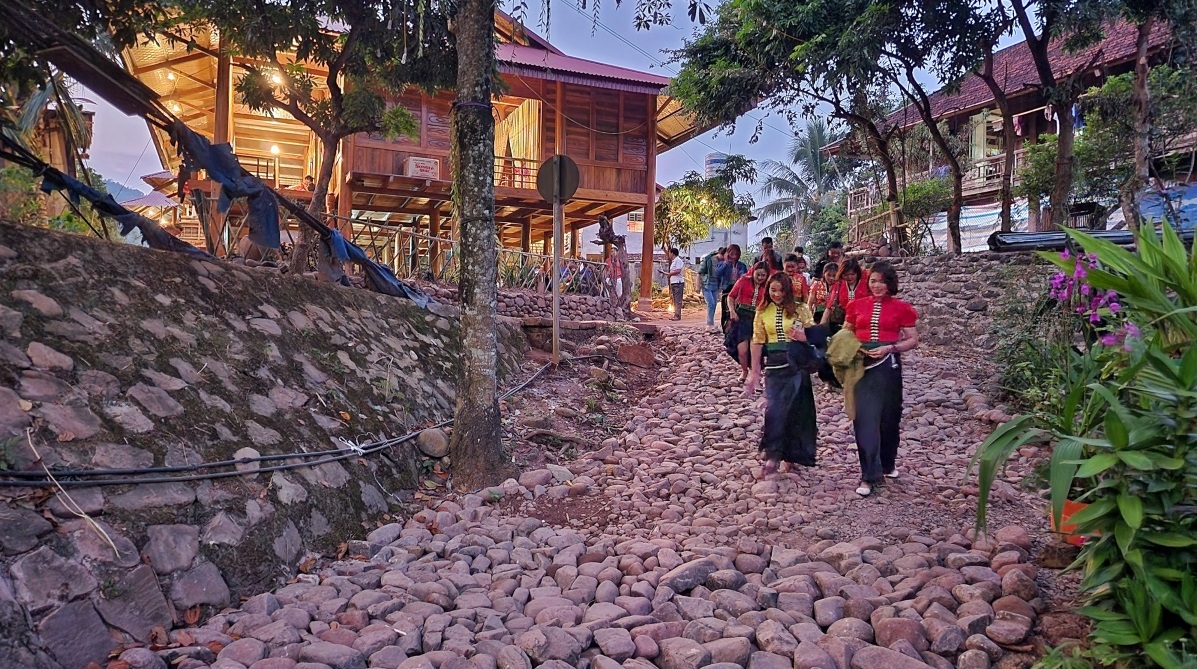
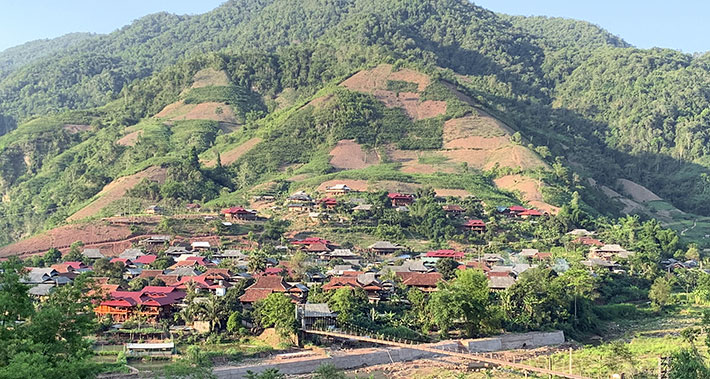
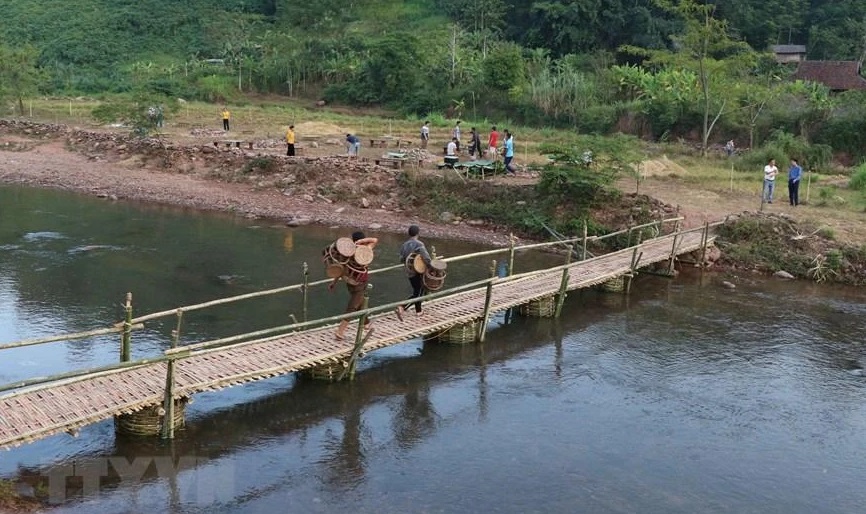
Reducing pressure in tourism centres.
Community-based tourism is to be promoted in the Vietnam Tourism Development Strategy to 2030 in order to develop tourism sustainably, with focus on exploiting the advantages of each locality and strengthening regional linkages.
Community tourism is contributing to reducing overcrowding pressure in tourist centres in big cities and provinces such as Hanoi, Quang Ninh, Lao Cai, Thua Thien – Hue, Quang Nam, Da Nang, Ho Chi Minh City, Can Tho, among others.
According to statistics of the Vietnam National Authority of Tourism, as of 2020, the country had about 300 villages and hamlets which were involved in community-based tourism. Many destinations have achieved certain standards and won international awards, including the ASEAN Community Tourism Awards 2023 awarded to Quan Ba Community Tourism Service Cooperative (Ha Giang province), Sin Suoi Ho community tourist attraction in Lai Chau province, Tan Thanh fishing village in Quang Nam province, and Thai Hai eco-ethnic stilt house village reserve in Thai Nguyen province, among others.
Recently, Tan Hoa village in Minh Hoa district in central Quang Binh province was honoured by the World Tourism Organisation (UNWTO) as “The World’s Best Tourism Village 2023”, an ideal destination for tourists, especially international visitors.
Coming to Tan Hoa, visitors can not only admire the wild beauty of the peaceful village but also explore the Tu Lan cave system, including ten different caves with a beautiful stalactite system shimmering and fanciful.
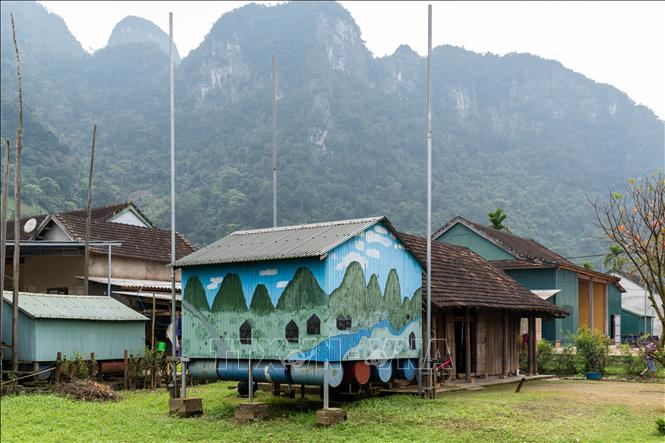
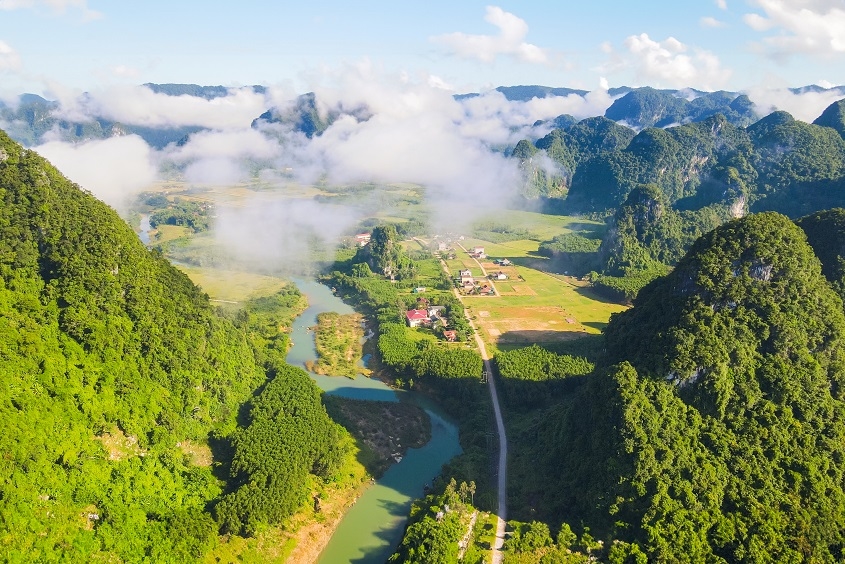
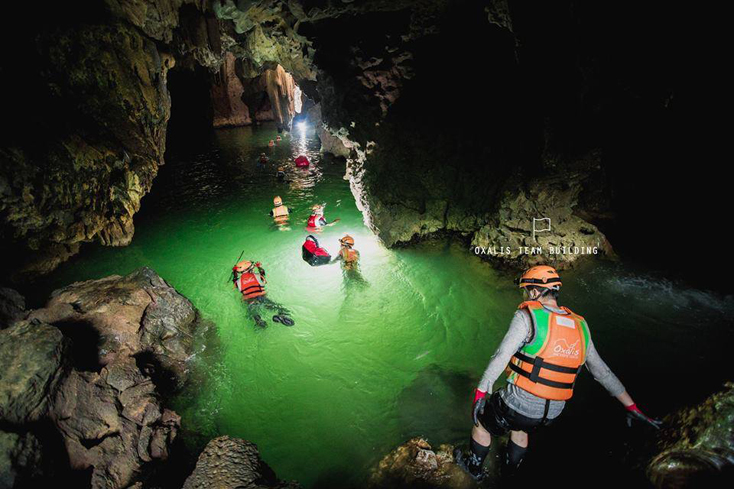

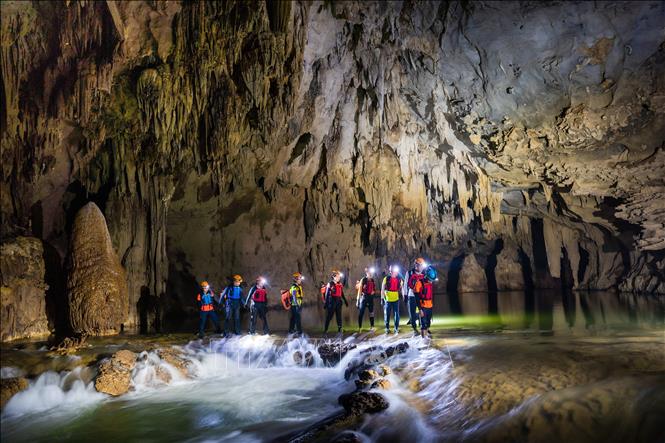
Row 2,3. Tourists discover Tu Lan cave (Photo: VNA)
Director of the Vietnam National Authority of Tourism Nguyen Trung Khanh said that community- based tourism has shown an important role in the development of the industry, mobilising the participation of many stakeholders. Many community-based tourism products are being exploited, enabling visitors to experience cultural activities and the life of local people, craft village tourism and resort tourism in the community.
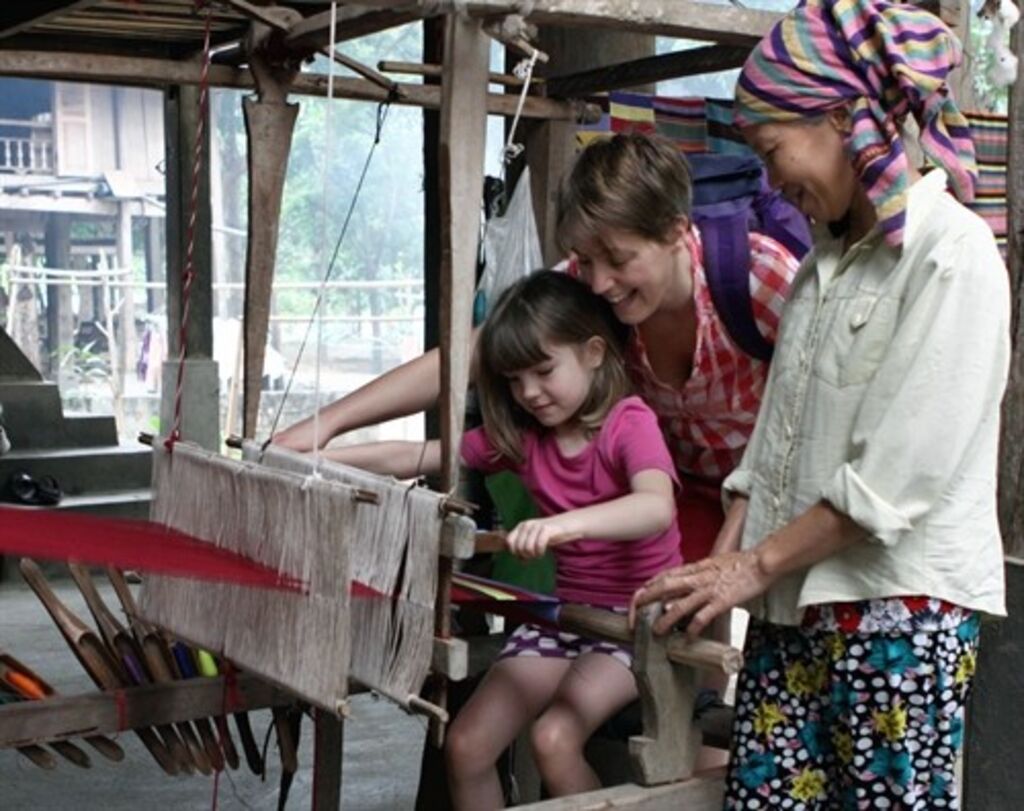
Community-based tourism products exploit local resources, strengths and attractions, in which important factors such as cultural resources, lifestyle, customs, practices, agricultural habits – basic factors make the difference and attractiveness of products.
This type of tourism product comprises many different activities such as green tourism, agricultural tourism, and medical tourism. Many localities have initially formed agricultural models associated with rural tourism. They have been developingcommunity tourism based on agricultural and forestry farming, diverse ecosystems, and traditional craft villages, bringing positive results for tourism development./.
